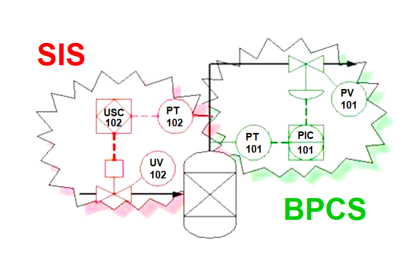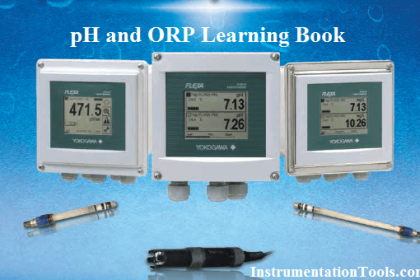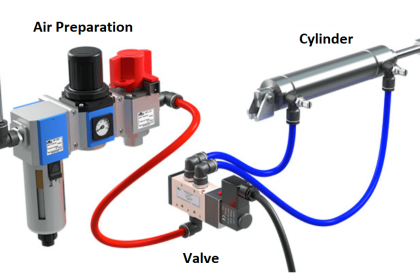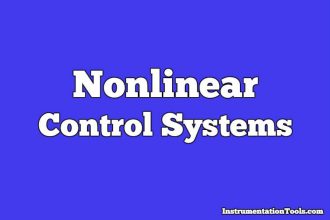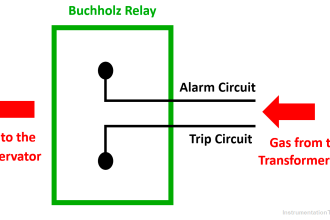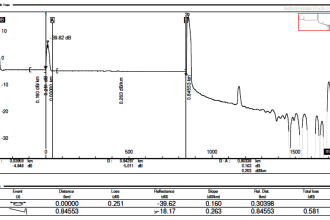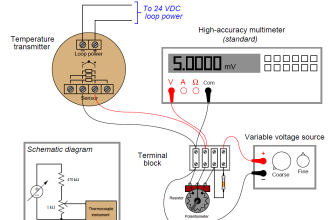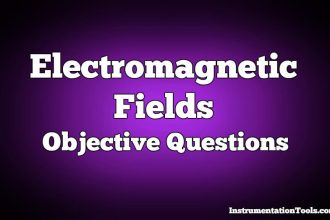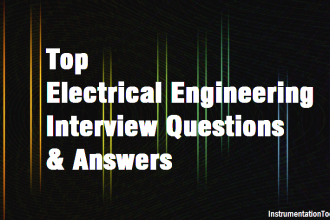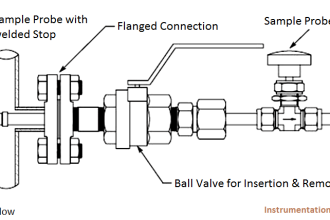There are many types of object detection sensors available on the industry market. Some of them, such as limit switches, require direct contact with the object.
Others, such as proximity sensors, need to be in close physical range but do not make contact with the object.
Still others can detect objects from much further distances; examples include photoelectric, laser and ultrasonic sensors.
Sensors Handbook
This sensors handbook consists of 12 chapters as mentioned in the below table.
| Chapter 1 | Introduction to Different Types of Sensors |
| Chapter 2 | Common Terms Used for Discrete Sensors |
| Chapter 3 | What Type of Sensors Do I Need? |
| Chapter 4 | Limit Switches |
| Chapter 5 | Inductive Proximity Sensors |
| Chapter 6 | Magnetic Proximity Sensors |
| Chapter 7 | Capacitive Proximity Sensors |
| Chapter 8 | Ultrasonic Proximity Sensors |
| Chapter 9 | Photoelectric Sensors |
| Chapter 10 | Special Sensors |
| Chapter 11 | Sensors with Analog Output |
| Chapter 12 | Conclusion |
Limit Switches
Limit switches are one of the most common object detection sensors used in industrial controls. They are energized when an object makes physical contact with the actuator.
They normally provide an electro-mechanical contact closure, but some also move a pneumatic valve. There are many different form factors and actuator styles to choose from.
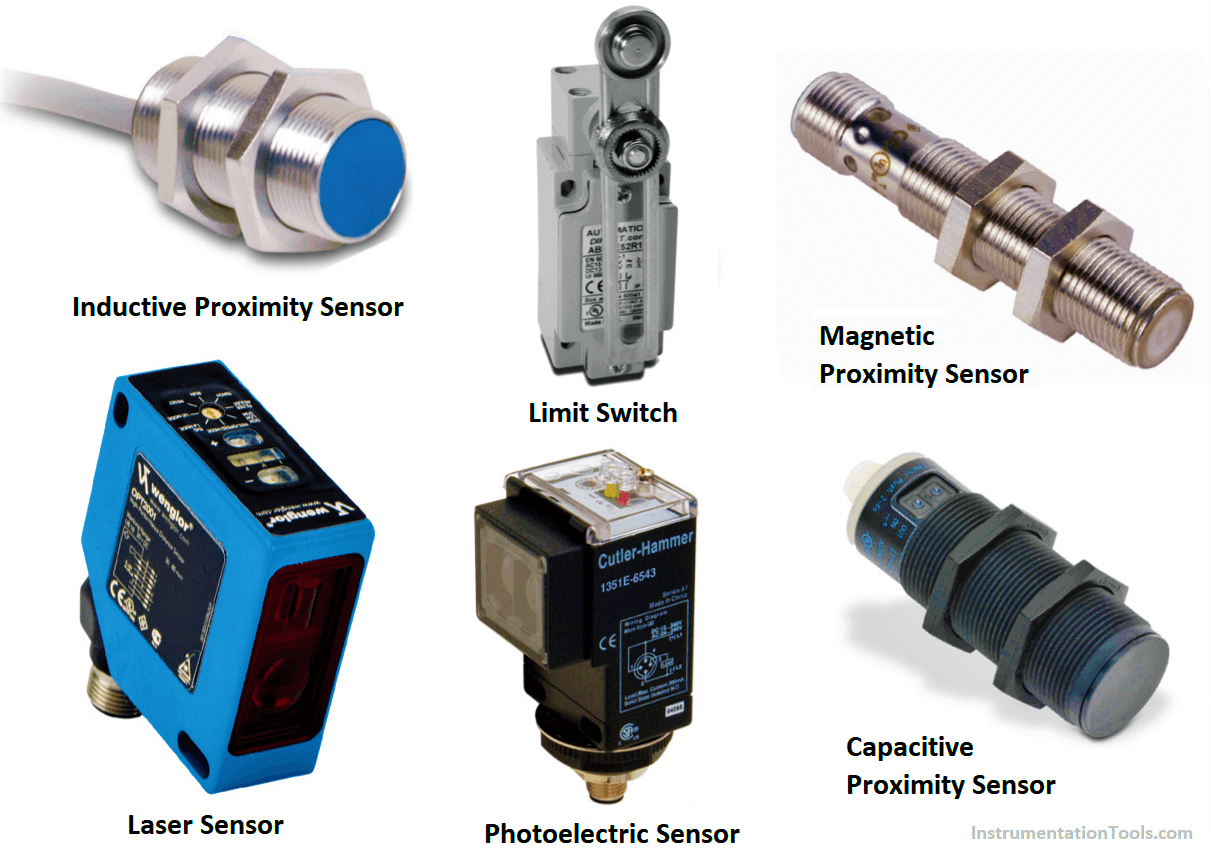
Inductive Proximity Sensors
Inductive proximity sensors detect the presence of metallic objects at close range (under 1.5 inches typically).
Ferrous metals allow the greatest distances to the sensor; other metals may reduce detection range.
Magnetic Proximity Sensors
Magnetic proximity sensors are used for non-contact object detection beyond the normal limits of inductive sensors.
Used with a separate damping magnet, they offer very long sensing ranges in a small package and can detect magnets through walls of non-ferrous metal, stainless steel, aluminum, plastic, or wood.
Capacitive Proximity Sensors
Capacitive proximity sensors use a dielectric plate generating an electrostatic field to detect both metal and non-metal objects and can sense through insulating materials such as wood or plastic.
They are often used to detect fill levels of liquids, pellets, and powders through container walls.
Capacitive sensors are available in cylindrical or rectangular shapes, with sensing distances typically up to 40mm.
Photoelectric Sensors
Photoelectric sensors use reflected or detected light waves to detect object presence or distance in a wide range of industrial applications.
They typically contain all required optics and electronics in a single unit, requiring only power to provide an output based on their specifications and object detection criteria.
Photoelectric sensors can detect a wide variety of materials and have extended sensing ranges.
Special Sensors
Other object detection sensors are available for specialized applications. Some specialty sensors available that work similarly to a photoelectric sensor are laser sensors, fiber optic sensors, fork sensors, and area sensors.
Although not seen as often as other types of sensors in the automation industry, they can be vital to an application with unique needs.
| Title: | Practical Guide to Discrete Sensors for Industrial Applications |
| Author: | Automation Direct |
| Format: | |
| Size: | 2.3 MB |
| Pages: | 36 |
| Download: | Click Here |
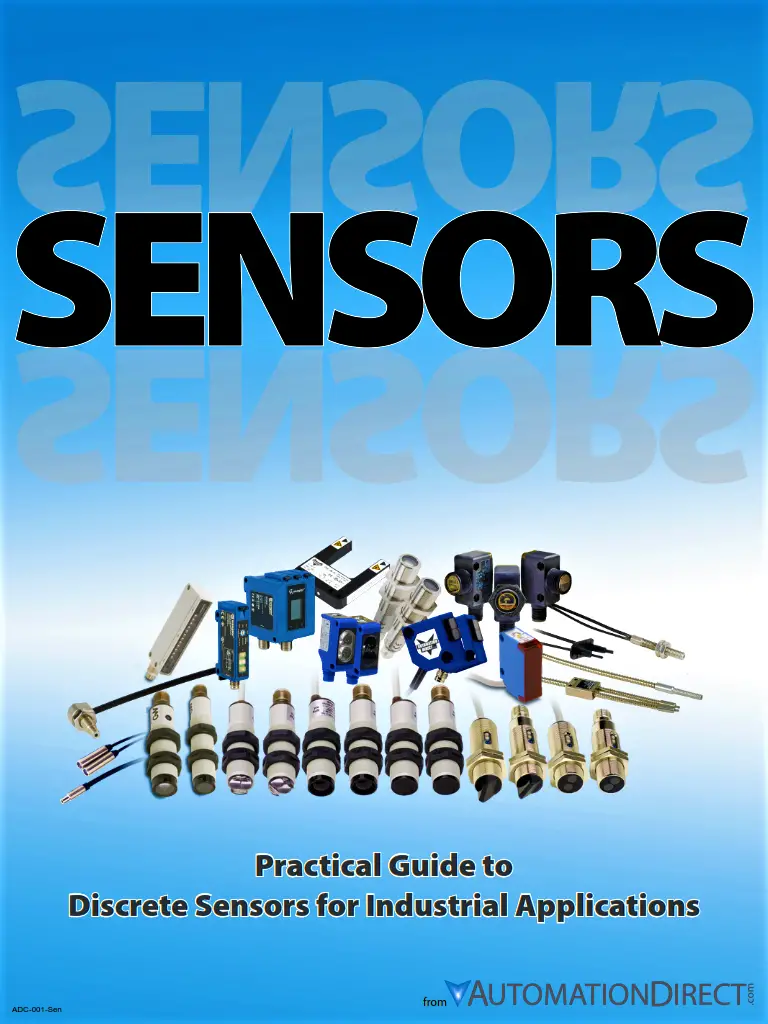
If you liked this article, then please subscribe to our YouTube Channel for PLC and SCADA video tutorials.
You can also follow us on Facebook and Twitter to receive daily updates.
Read Next:
- Electrical Enclosure eBook
- Valve Basics and Sizing Book
- Industrial Control System Guide
- Instrumentation Books Download
- pH and ORP Learning Handbook
